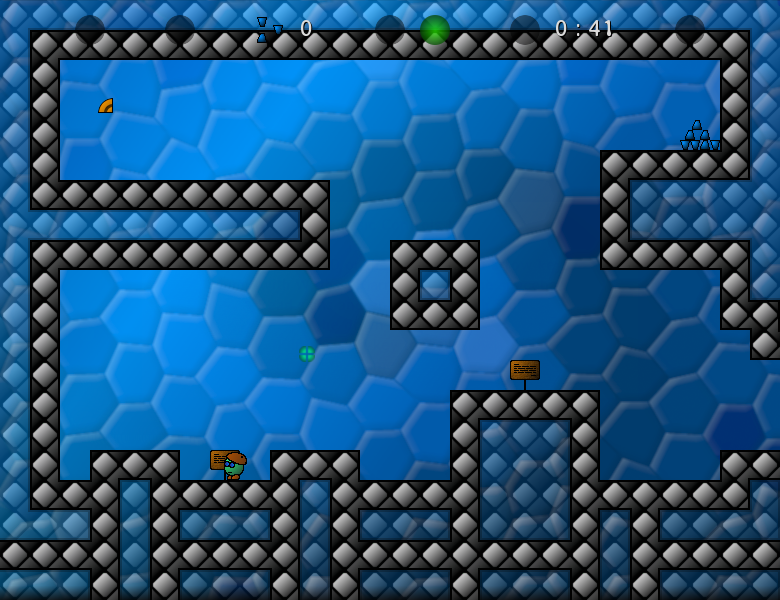ptitSeb
Serial Porter
Here is Beret, an action/puzzle game.

Video of the gameplay on the Pandora from @ingoreis
The game use SDL, and have a lot of trasparencies, and a fixed framerate of 60fps. Even with the omapdss driver and all the neon optim inside SDL, the game cannot sustain that framerate, so I put a fixed frameskip to lower fps to 20. Game speed seems ok now.
That game is played using Key+Mouse, so it is setted up as an fps, with Right Nub as mouse, and shoulder buttons as mouse button (or you can use Left Nub too). Touchscreen is also working on the game (threre are 2 modes for the mouse, switcheable with 'M', and one is more touchscreen friendly than the other).
History log
=========
Build 04
-------------
-------------
-------------
-----------

Video of the gameplay on the Pandora from @ingoreis
That game is played using Key+Mouse, so it is setted up as an fps, with Right Nub as mouse, and shoulder buttons as mouse button (or you can use Left Nub too). Touchscreen is also working on the game (threre are 2 modes for the mouse, switcheable with 'M', and one is more touchscreen friendly than the other).
History log
=========
Build 04
-------------
- Version using DSP from M-HT. Is now fullspeed on Gigahertz model
- Use GL is DSP is not available
-------------
- Recompiled, with some simplification and speedup
- Some optimizations from M-HT
-------------
- Fixed writing of save data on the NAND
-----------
- Initial build
- Some Pandora customization (Keymap, Shoulder as button)
- Forced frameskip of 3 (fps 60 -> 20).
Last edited:

